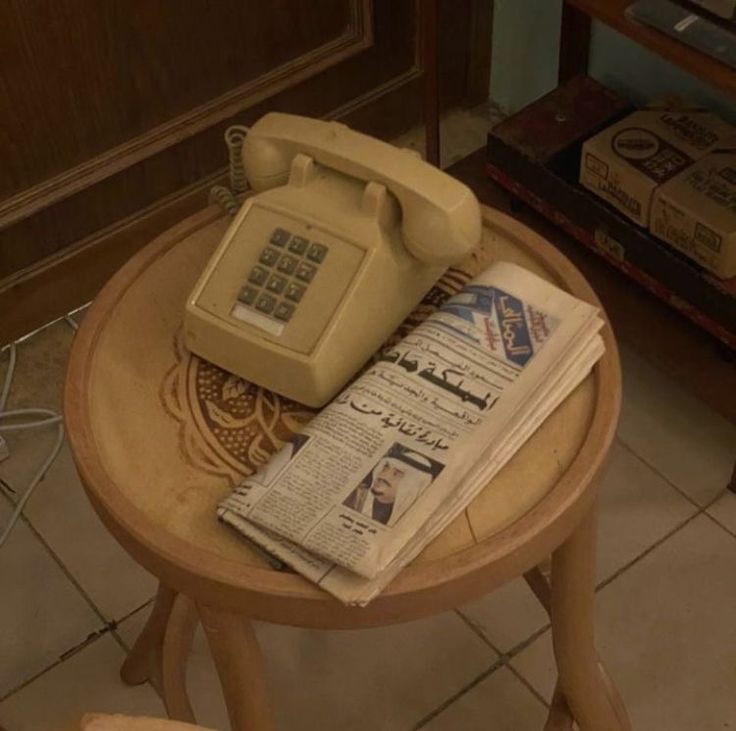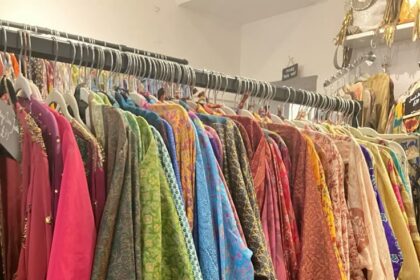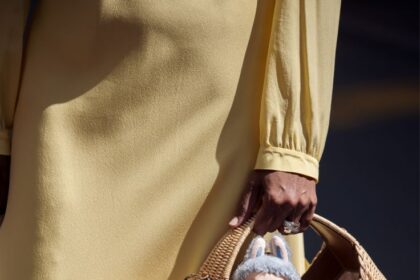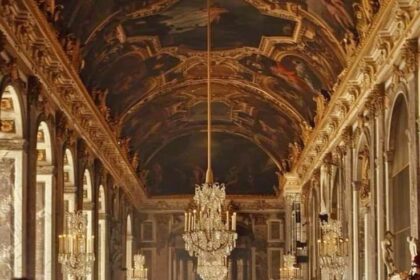Fashioning: Round and round went the whirlwind of the only self I had ever known—Hadiya with ribbons in her hair, giant straw hats, pink ballet fl ats and the glimmering self-assurance that only being a child can evoke. The blades of time, qualms, expectations, and that seething existential dread ground the identity I had, unbeknownst to me, built over the years past. The teenage years and the uncertainty of selfhood are arguably overdone, overtalked, and dramatised one too many times, but does that trivialise the irrevocable reality of being at the precipice of adulthood and feeling your life akin to a promontory without a road leading ahead? Dust trailing beneath the pastures that once cunningly dropped you off , where now you remain?
My teenage years have been a fragmented rock pile of everything I ever was and all that I could ever be. It was loud when the structure of belief systems, preferences, values, and behavioural patterns crumbled all around, while I was upholstering the very same apathetic being with my hopes. Questions of whether I betray myself if I go on seeking everything I had never even known existed? Do I have the right to psychologically evaluate the people who carefully nurtured and gave bits and pieces of themselves to me? There is an expansive terrain of disillusionment and stifl ing of our heritage by ourselves, which I would not be exploring in this essay, because frankly, I don’t think I am at a point in my life where intangible concepts have cemented themselves anywhere in my psyche.
Fashion. An individual sense of style. It might be trivialised for its consumerist utilisation. However, its creative use as self-expression and artistic exuberance was one of the things which time taught me. I don’t conform to the narrative that presents art as solely elitist. How do you defi ne the red cloth ribbon, glass bangles, sparkling purple sweater, and elaborate mehndi designs on the hands of our househelp, who continues to adorn herself with a certainty that never wavers, charmingly? What about the glass-embedded, brightly coloured parandas that she weaves with her own hands?
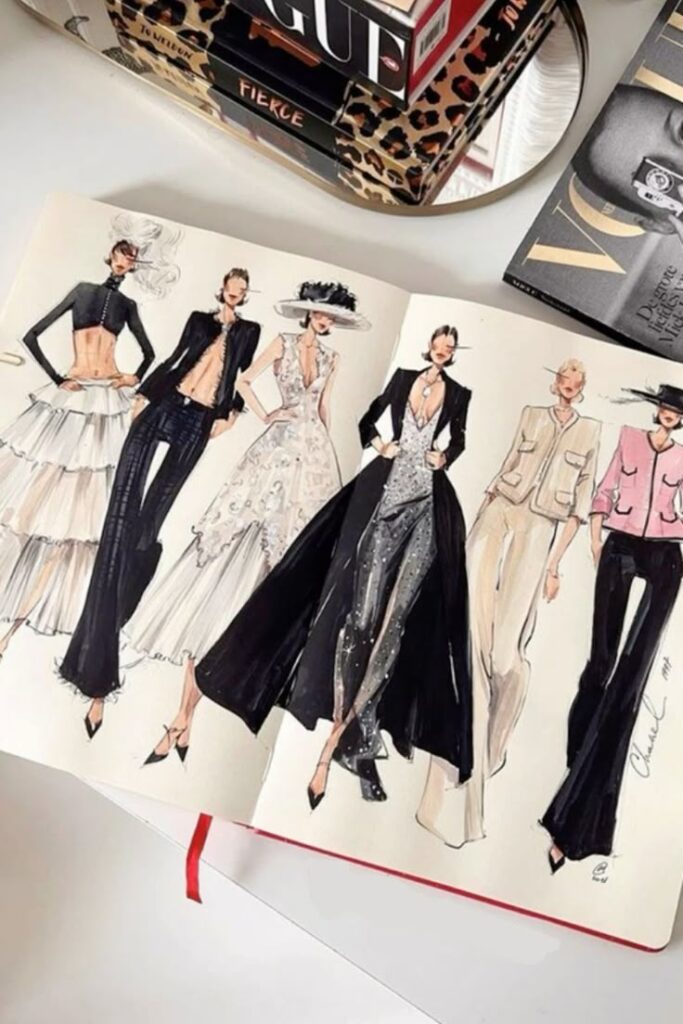
Fashioning
It remains one of the most mystifying human experiences to see someone who has a distinct awareness of who they are and how to express it through their clothing. My literature teacher, with her gemstone earrings, worn-out brown leather bag from the 80s, Kashmiri shawl, and winged eyeliner, remains an outward display of a life well-lived. My mother, with her khusas, a rusted Cartier watch that is still “as unique as the day I bought it—the only downside is it has become obstinately clingy,” and that one huge, severely ugly, dark green bag, which has historically contained weirdly specifi c things, from baby powder to four dried fi gs. And what did I have— a Pinterest board of distorted fast fashion and a wishlist of trendy paraphernalia?
Seventeen and chaotically indecisive, I went to the “Quaid-e-Azam” library with my mother. Eerily quiet and quixotically heavy, it was a horizon painted in colours I had never seen. Tracing the footsteps of those before me, trailing my hands across books revered across the years, I stumbled upon this worn-out book—the name of which I don’t remember—which contained critiques of fashionable fi gures across history who altered the trajectory of what we deemed alluring. From Princess Diana, Jacqueline Kennedy, to Audrey Hepburn. What stood out to me and remains embedded in my brain was a line, “to have a personal style is akin to making yourself your own muse, your own artistic medium—albeit it isn’t something you can conjure on a whim. Seek the past. Seek the blood that runs within you. Seek all the people you have ever been— be it the little child or the obstreperous adolescent.”Maybe it wasn’t what the book said, but I remember sifting through the faded, black-and-white photos of my grandfather in his youth with mania. Seek the past. Maybe my past was more compelling than I had previously envisioned.
“Doch auf fremden Plätzen war ihm eines täglich ausgetretnen Brunnensteines Mulde manchmal wie ein Eigentum.” (‘But in strange squares there sometimes was a worn-out stone in a well that had felt like a possession.’)
Having worked at the embassy in Berlin, my grandfather witnessed the fall of the Berlin Wall, the deterioration of the GDR and the rise of Capitalism in the East. Threads that bind our destinies often seem senseless. He used to read Rilke to me, always in English translation, with an earnest expression of painful awareness of all that was lost in translation.
As I navigated through who I was, I found myself travelling back to this verse, wondering if any place was ever truly “strange”, if ultimately it was built with stones we had ancestrally been in “possession” of. Now, every time I lace up my Doc Martens, I do so with the keen awareness that he did the same – wearing trench coats, these fl ared jeans which forever remain eerily 70’s, black leather belts, and that one checkered blazer that he never let go of. Did I grow up, or did my clothing make “Donne” sound lovelier? Was it the time or myself that allowed me to never timidly tuck my hands behind my back again? In the dotted lines of fate, I fi nd myself scribbling with certainty my faith in that “worn out stone”.


